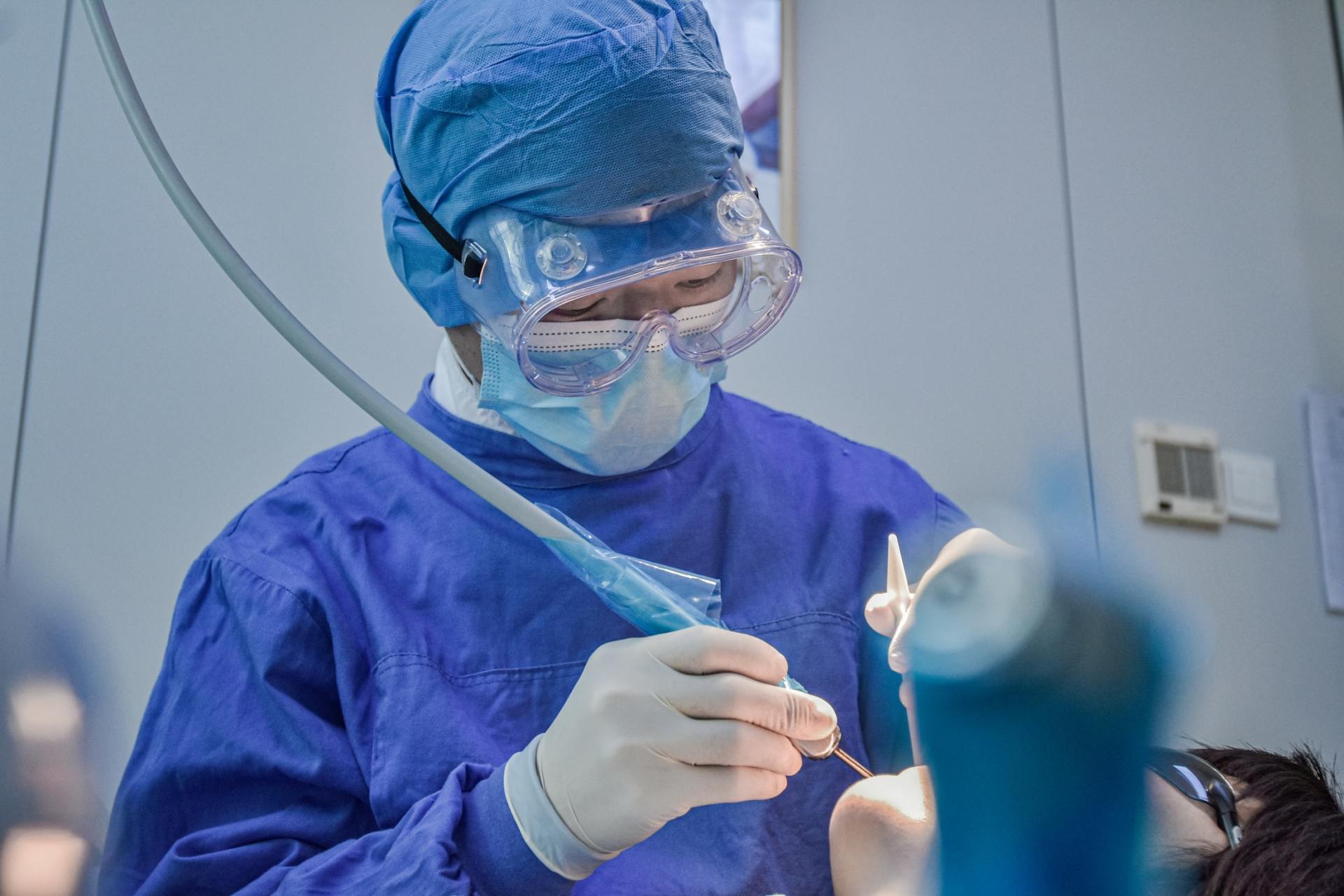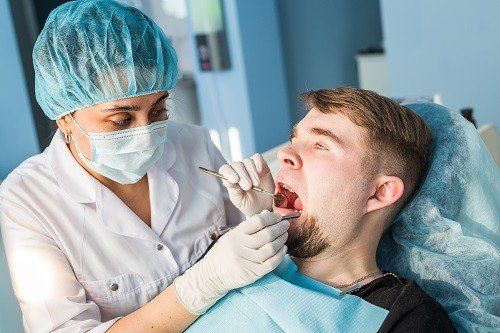Spotting a Granular Cell Tumor
It’s not uncommon to find random lumps or bumps in the mouth—all it
takes is a good bite to the inside of the cheek or lip, and you’ll have a bump
for several days while it heals. However, if you have a lump the grows and
doesn’t go away, it’s time to go the dentist. One possible explanation for such
a lump in the mouth is a granular cell tumor.
These tumors are rare, benign growths often found in tissue or under
the skin, usually in the oral cavity around the mouth. They may appear on the
skin, tongue, or hard palate. The tumors are often benign, but a malignant
tumor can occasionally occur. Dentists often look for early signs of granular
cell tumors during checkup appointments, but it’s important to recognize any
early symptoms that you can bring to a dentist’s attention.
As per the V.S.P.M.’s Dental College and Research Center, these tumors
are often small solitary lesions, usually no more than three centimeters in
size. They also tend to have an asymmetrical shape and outline, a fleshy
appearance, and be gray-yellow in color. Other symptoms can include soreness,
discomfort, or difficulty chewing. Granular cell tumors usually appear in
individuals between 40 and 60 years of age, per the National Institutes of
Health, and they rarely emerge in children. Both sexes can be affected by these
tumors, but they are more common among women and African Americans.
The exact cause of granular cell tumors is unknown, but there are
lifestyle factors that can increase one’s risk. For example, tobacco of any
kind is a suspected contributing factor as well as excessive amounts of alcohol,
which can make tumors more problematic. There aren’t any known methods to prevent
these tumors from occurring though the Journal
of Medical Case Reports
suggested the growth may appear because of altered
metabolism cells. If the tumor is considered malignant after a biopsy,
treatment may include surgery. However, even after the tumor is removed, growth
can recur after surgery.
Again, most tumors are often benign and rare, but it’s best to see
your dental health professional at least twice a year or every six months for
proper checkups and routine evaluations. Examinations are often quick and
painless, and if anything arises, you will remain aware of any sudden changes.
The sooner your doctor or dentist catches it, the sooner you can receive proper
treatment.
Are you avoiding dental care because of the high costs? If your
insurance is letting you down, consider signing up for the Wellness Dental
Plan, which can save you as much as 20 percent of your bill! For more
information about our individual discount dental plans
as well as our family
and employee plans that are perfect for small business owners, click here.











